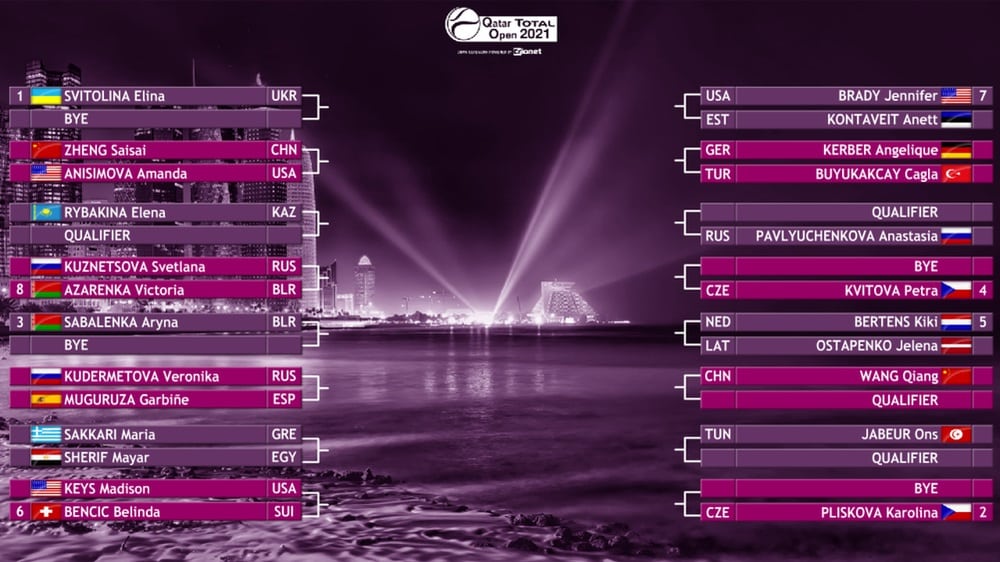

Grand Slam tennis has been in existence since the 1870s. However, back then the players were not ranked. Hence, there was a possibility that the best two players face each other in the first round. Back then, the process of laying out the draw was done by picking up cards from a box. Each card bore a number which was assigned to each player. The players were given a spot in the draw accordingly.
The probability of two best players meeting each other in the initial rounds was pretty high back then. Hence, in the early 1920s, American tennis decided to introduce the concept of seeding the players.
In 1924, Wimbledon became the first slam to introduce the seeding system. Initially the players were seeded based on nationality. Hence, special care was taken that two players of the same nationality do not face each other. It wasn’t until 1927, when players were finally seeded based on their rankings.

There are two main reasons as to why the term “seed” was chosen.
AGRICULTURE
Everyone knows what a seed is. A fertilized precursor that eventually grows into a plant. The primary procedure in order to raise a plantation is scattering the seeds all over the field. Compare this to the seeds in tennis. The term seed was chosen because just liked its agricultural counterpart, the seeded players in tennis were scattered in the draw so that they could avoid meeting each other in the initial rounds.
TREE
Another reason why the term seed was chosen was based on the structure of the draw. The tournament draws were visualised as a tree. The idea was that the seeds “planted” initially would grow eventually into a tree as the tournament progressed.
NUMBER OF SEEDS
Initially, the number of seeds were limited to eight. As the sport developed and got a global recognition, participants increased. The increased strength of the draw led to the number of seeds getting doubled from eight to sixteen.
In 2001, Gustavo Kuerten complained that sixteen seeds were disadvantageous for clay-court specialists. Later, the seeds were doubles from sixteen to thirty-two.
WIMBLEDON STANDS OUT
While the seeding system based on player rankings is a pretty straight forward one, Wimbledon has a more complex procedure. In order to determine the seeds at the grass court slam, Wimbledon follows a particular formula for each player, based on which he/she gets the seeding spot.
Points accumulated by a player one week before the start of the tournament + Total grass court points accumulated by a player in the preceding year + 75% of the points of the player’s best result in a grass court tournament in the year before the previous one.





